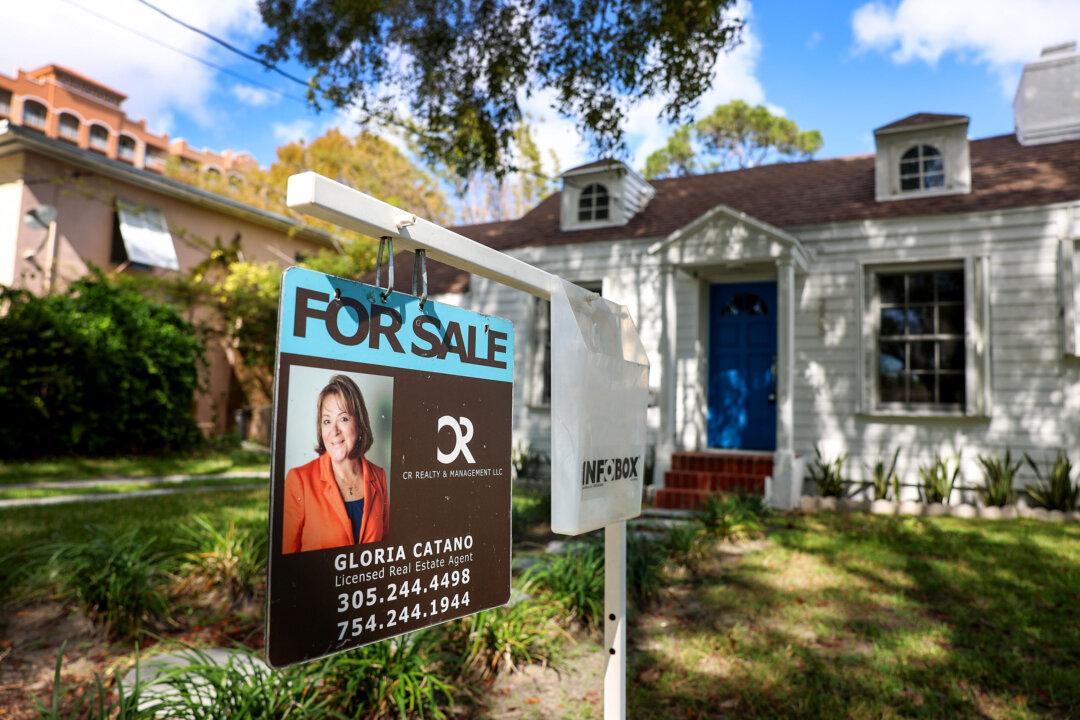The supply of homes for sale in the United States increased 12 percent from this time last year, with many sellers listing properties to take advantage of current high prices, according to real estate brokerage Redfin.
Active listings sat at 954,703 units during the four weeks ending December 22, according to data collected by the company. The jump in supply coincided with a median sales price rise of 6 percent on an annual basis.





